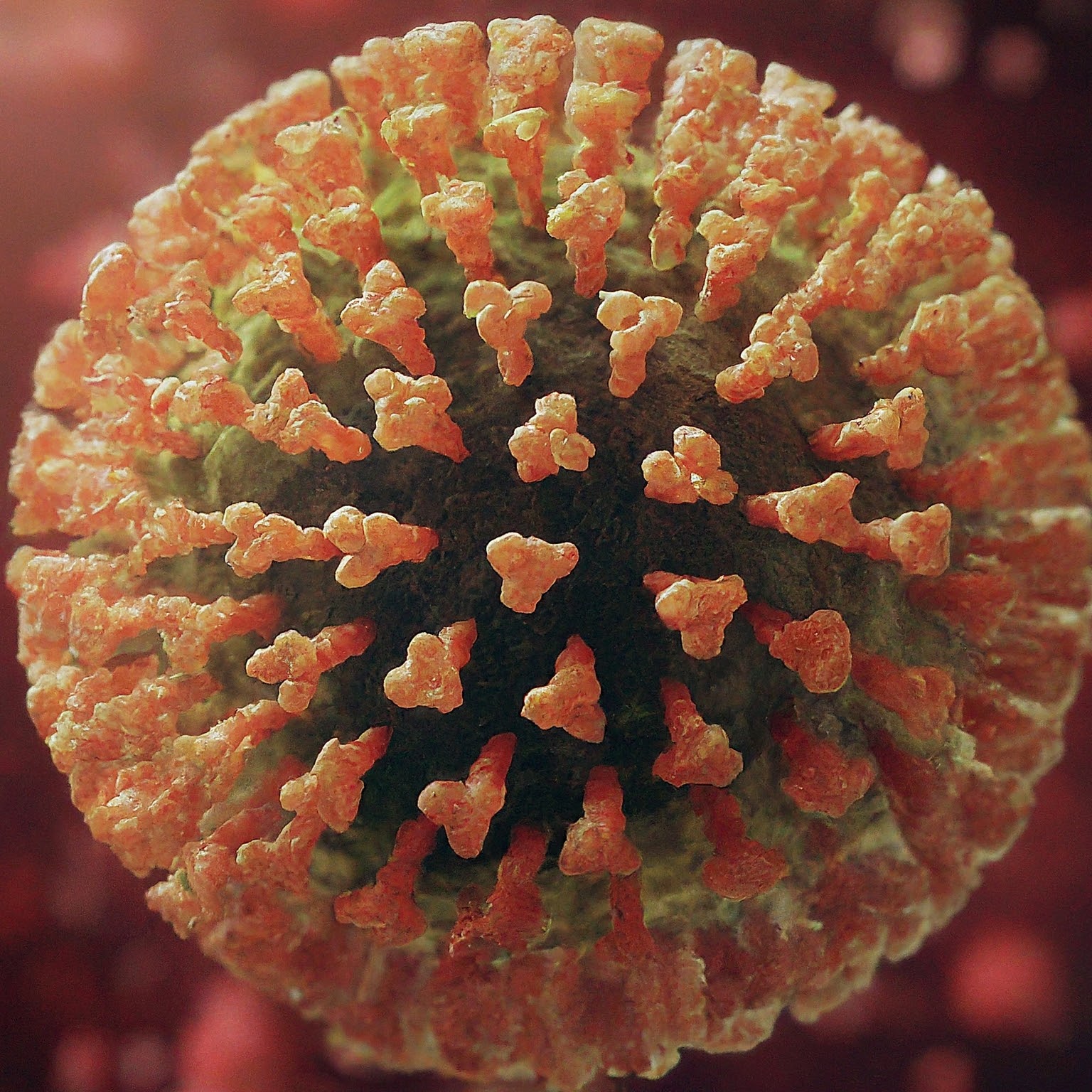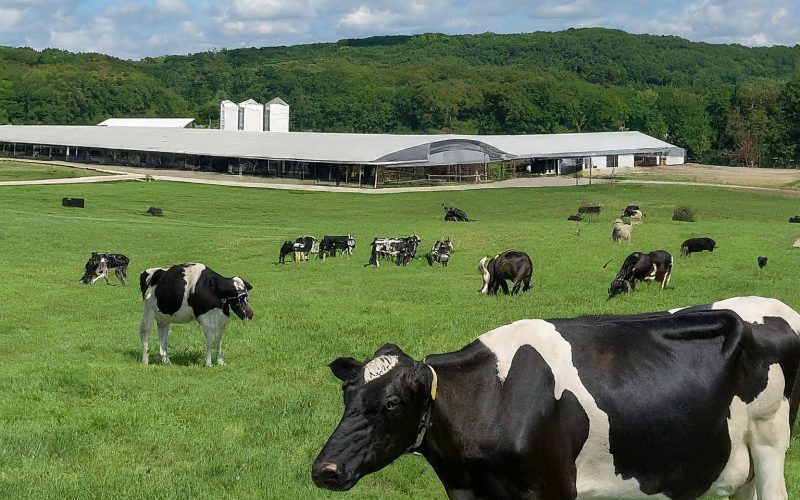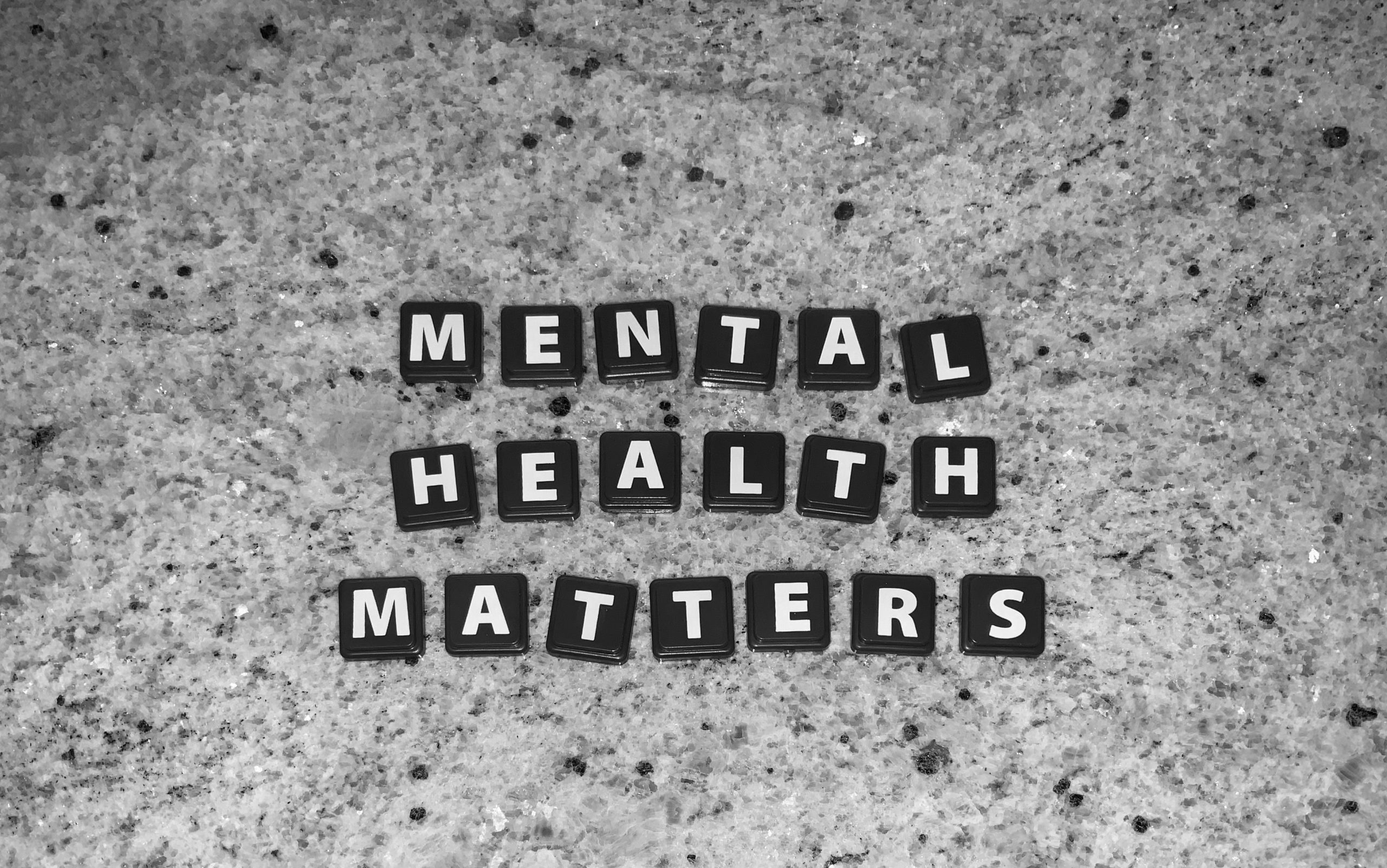About the Author
Sarah Jones is a registered dietitian with a passion for promoting healthy eating habits. She has extensive experience in food safety and enjoys keeping readers informed about the latest health and nutrition trends.
Raw Milk: A Growing Trend
Raw milk, also known as unpasteurized milk, has seen a surge in popularity in recent years. Consumers drawn to raw milk often cite its perceived health benefits and superior taste. However, it’s crucial to be aware of the potential risks associated with raw milk consumption.
Bird Flu and the Rise in Concerns
The recent outbreak of bird flu in some parts of the country has raised concerns about the safety of raw milk. The H5N1 avian influenza virus, responsible for the outbreak, has been detected in dairy cows in a few isolated cases. This has sparked a debate about the potential transmission of the virus to humans through raw milk consumption.

New Research on Raw Milk and Bird Flu
A recent study published in the New England Journal of Medicine sheds light on this concern. Researchers at the University of Wisconsin-Madison found that mice fed raw milk contaminated with the H5N1 virus became sick. The mice exhibited signs of illness and showed high levels of the virus in their respiratory systems. While this study was conducted on mice, it highlights the potential risk of consuming raw milk with the H5N1 virus present.
Understanding the Risks of Raw Milk
Beyond bird flu, raw milk can harbor other harmful bacteria, such as E. coli, Salmonella, and Listeria. These bacteria can cause serious illnesses, especially in vulnerable populations like pregnant women, young children, and older adults. Pasteurization, the process of heating milk to kill harmful bacteria, significantly reduces these risks.
Safety Tips for Consuming Raw Milk
If you still choose to consume raw milk after understanding the risks, here are some safety tips:
- Purchase raw milk only from reputable sources that follow strict hygiene and testing procedures.
- Ensure the milk is properly refrigerated and consumed within a short timeframe (typically a few days).
- Pregnant women, young children, older adults, and individuals with weakened immune systems should avoid raw milk altogether.
Alternatives to Raw Milk
Many delicious and safe alternatives to raw milk are available. Pasteurized milk offers similar nutritional benefits without the risks associated with raw milk. You can also explore options like pasteurized whole milk, skim milk, or plant-based milk varieties depending on your dietary needs.
Informative Table
| Risk Factor | Raw Milk | Pasteurized Milk |
|---|---|---|
| Bacteria Contamination | High Risk | Low Risk |
| Bird Flu Transmission (H5N1) | Potential Risk (Based on Recent Study) | No Risk |
| Shelf Life | Short | Longer |
| Nutritional Value | Similar | Similar |
Embrace Safety with Pasteurized Milk
While raw milk offers a niche appeal, the potential risks outweigh the benefits for most consumers. Choosing pasteurized milk ensures a safe and healthy way to enjoy the goodness of milk.
Remember:
Consult your healthcare provider for personalized dietary advice if you have any concerns about milk consumption.










